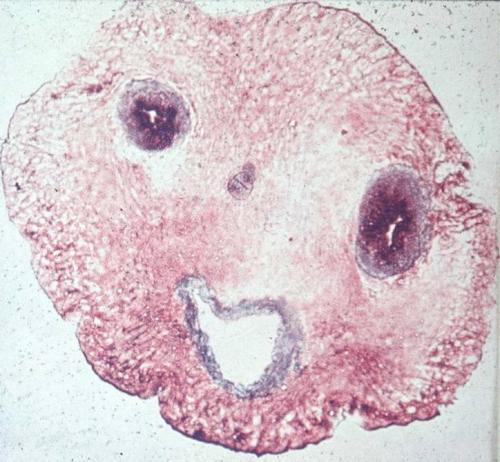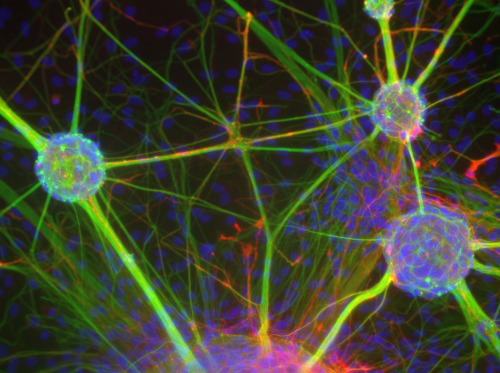Отличная статья на http://www.biologynews.net/archives/2009/05/05/stopgap_dna_repair_needs_a_second_step.html
Оne can have a dream, two can make that dream so real, goes a popular song. Now a Weizmann Institute study has revealed that it takes two to perform an essential form of DNA repair.
Prof. Zvi Livneh of the Weizmann Institute's Biological Chemistry Department has been studying DNA repair for some two decades: 'Considering that the DNA of each cell is damaged about 20,000 times a day by radiation, pollutants and harmful chemicals produced within the body, it's obvious that without effective DNA repair, life as we know it could not exist. Most types of damage result in individual mutations – genetic 'spelling mistakes' – that are corrected by precise, error-free repair enzymes. Sometimes, however, damage results in more than a mere spelling mistake; it can cause gaps in the DNA, which prevent the DNA molecule from being copied when the cell divides, much like an ink blot or a hole on a book page interferes with reading. So dangerous are these gaps that the cell resorts to a sloppy but efficient repair technique to avoid them: It fills in the missing DNA in an inaccurate fashion. Such repair can save the cell from dying, but it comes at a price: this error-prone mechanism, discovered at the Weizmann Institute and elsewhere about a decade ago, is a major source of mutations.'
In a recent study he conducted with graduate students Sigal Shachar and Omer Ziv, as well as researchers from the US and Germany, Livneh revealed how the error-prone repair works. The team found that such repair proceeds in two steps and requires two types of enzymes, belonging to the family of enzymes called DNA polymerases, which synthesize DNA. First, one repair enzyme, 'the inserter,' does its best to fit in a genetic 'letter' into the gap, opposite the damaged site in the DNA molecule; several enzymes can perform this initial step, which often results in the insertion of an incorrect genetic letter. Next, another enzyme, 'the extender,' helps to restore regular copying of DNA by attaching additional DNA letters after the damaged site; only one repair enzyme is capable of performing this vital second step. These findings were published recently in the EMBO Journal.
Understanding how this major form of DNA repair works can have significant clinical implications. Since defects in this process increase the risk of cancer, clarifying its nuts and bolts might one day make it possible to enhance it in people whose natural DNA repair is deficient. In addition, manipulating this mechanism can improve the effectiveness of cancer drugs. Cancer cells can resist chemotherapy by exploiting their natural repair mechanisms, and blocking these mechanisms may help overcome this resistance, leading to a targeted destruction of the cancerous tumor.
Source : Weizmann Institute of Science











0 +:
Dí lo que piensas...